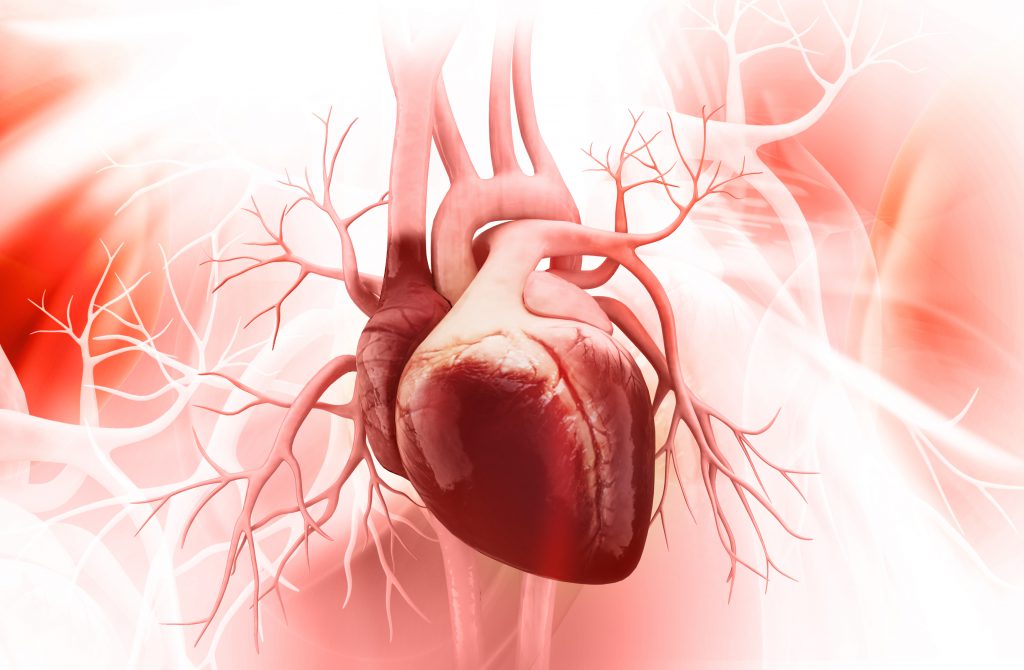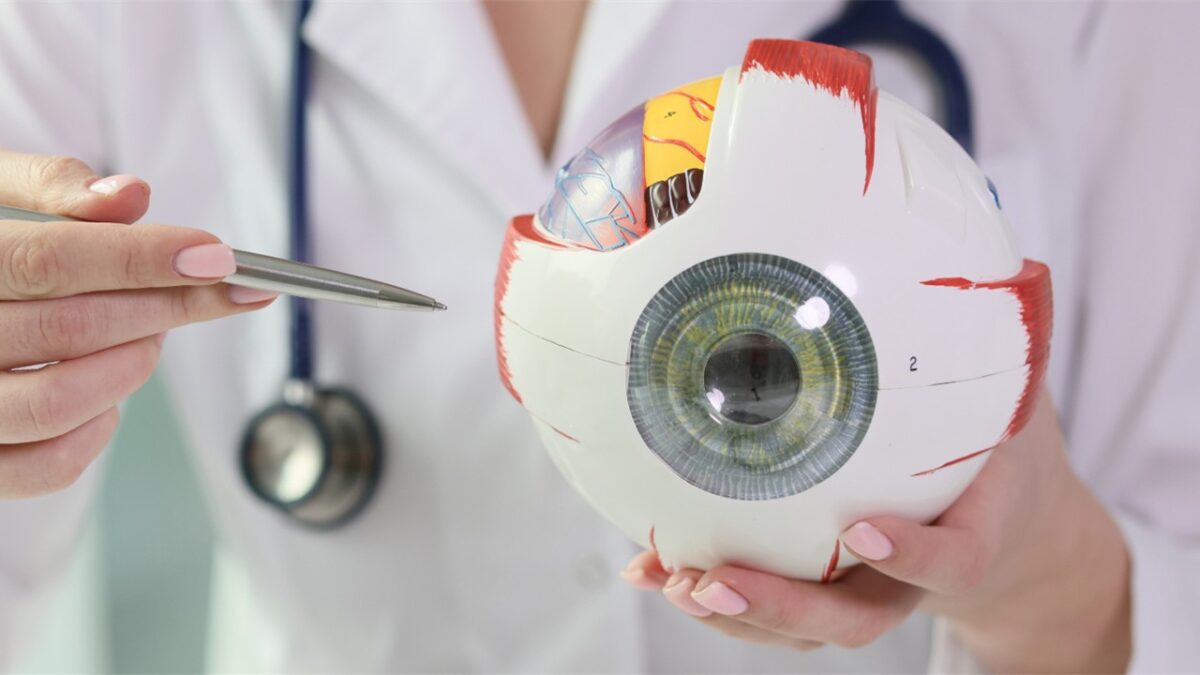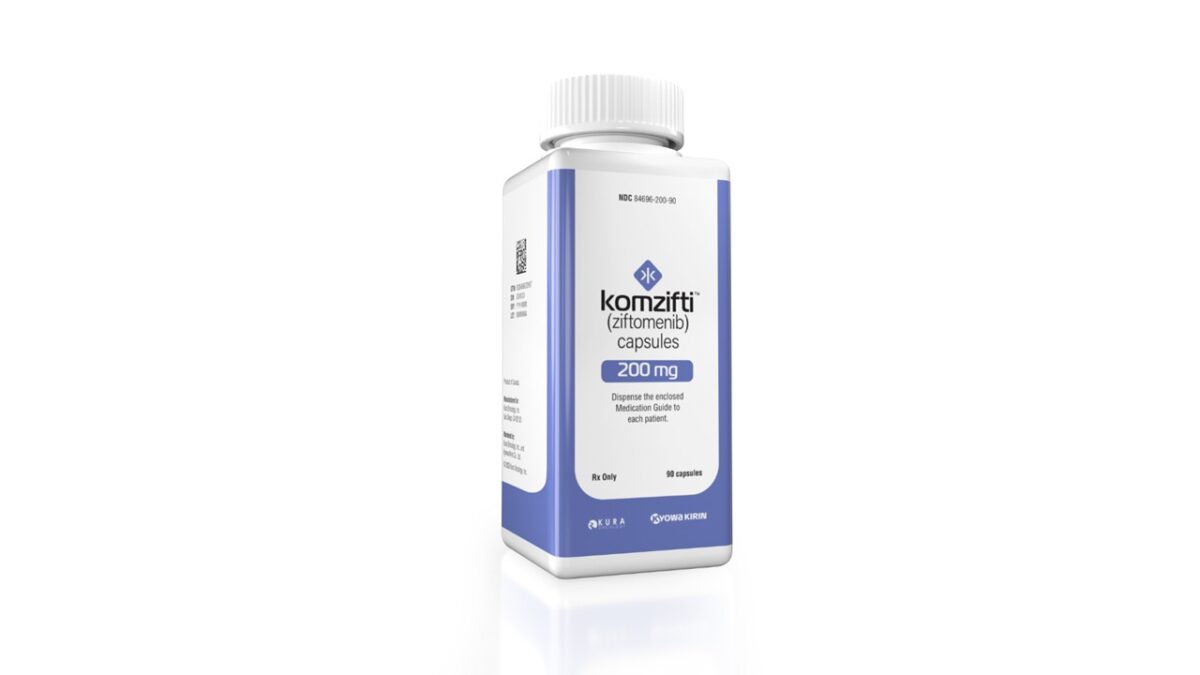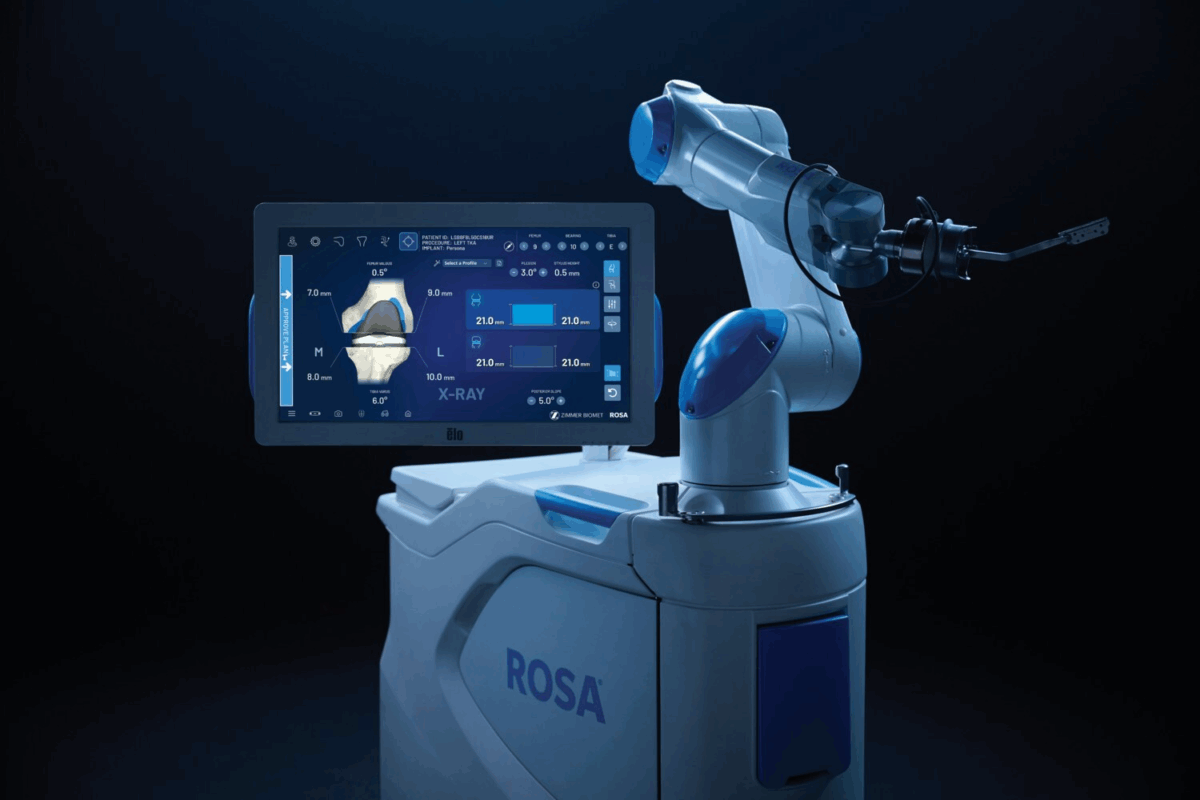Over four million people each year suffer from cardiac valve disease, requiring them to undergo surgery to receive a replacement valve. Currently prosthetic valves, and those harvested from animals or cadavers, are the standard choice for replacements, however these sources are not ideal.
Prostheses must be replaced as they start to become warn out, and smaller valves implanted in children need to be changed as the child grows to ensure that they can keep up with the demands placed upon the heart.
Now, researchers at Harvard University’s Wyss Institute for Biologically Inspired Engineering have developed a new process to manufacture biocompatible heart valves capable of regenerating and growing inside the recipient. The researchers published their technique in the journal, Biomaterials.
Using a nanofiber fabrication technique, the researchers created a valve-shaped scaffold – which they call a JetValve – that mimics the properties of the extracellular matrix (ECM) in the heart tissue. The team created the valve using a rotary jet spinning technology that sprays the nanofibers with the ECM solution.
“Our setup is like a very fast cotton candy machine that can spin a range of synthetic and natural occurring materials,” said Dr. Kevin Kit Parker, a faculty member at the Wyss Institute. “In this study, we used a combination of synthetic polymers and ECM proteins to fabricate biocompatible JetValves that are hemodynamically competent upon implantation and support cell migration and re-population in vitro. Importantly, we can make human-sized JetValves in minutes – much faster than possible for other regenerative prostheses.”
In collaboration with a translational team of researchers at the University of Zurich, the Wyss researchers investigated the clinical applicability of the JetValves. The Swiss researchers have also developed regenerative, tissue-engineered heart valves using a different approach. They added human cells to biodegradable valve scaffolds to allow them to deposit a layer of ECM. The human cells are then removed from the scaffold, allowing the prosthesis to be ready for implantation.
In the current study, the researchers implanted the JetValves into sheep and found that the valves were fully-functional and able to regenerate. Because the JetValves can be customized to fit patient specifications, and are manufactured in just minutes, the team believes that they could be a better choice for patients with cardiac valve disease in the future.
“In our previous studies, the cell-derived ECM-coated scaffolds could recruit cells from the receiving animal’s heart and support cell proliferation, matrix remodeling, tissue regeneration, and even animal growth,” said Dr. Simon P. Hoerstrup of the University of Zurich. “While these valves are safe and effective, their manufacturing remains complex and expensive as human cells must be cultured for a long time under heavily regulated conditions. The JetValve’s much faster manufacturing process can be a game-changer in this respect. If we can replicate these results in humans, this technology could have invaluable benefits in minimizing the number of pediatric re-operations.”












Join or login to leave a comment
JOIN LOGIN